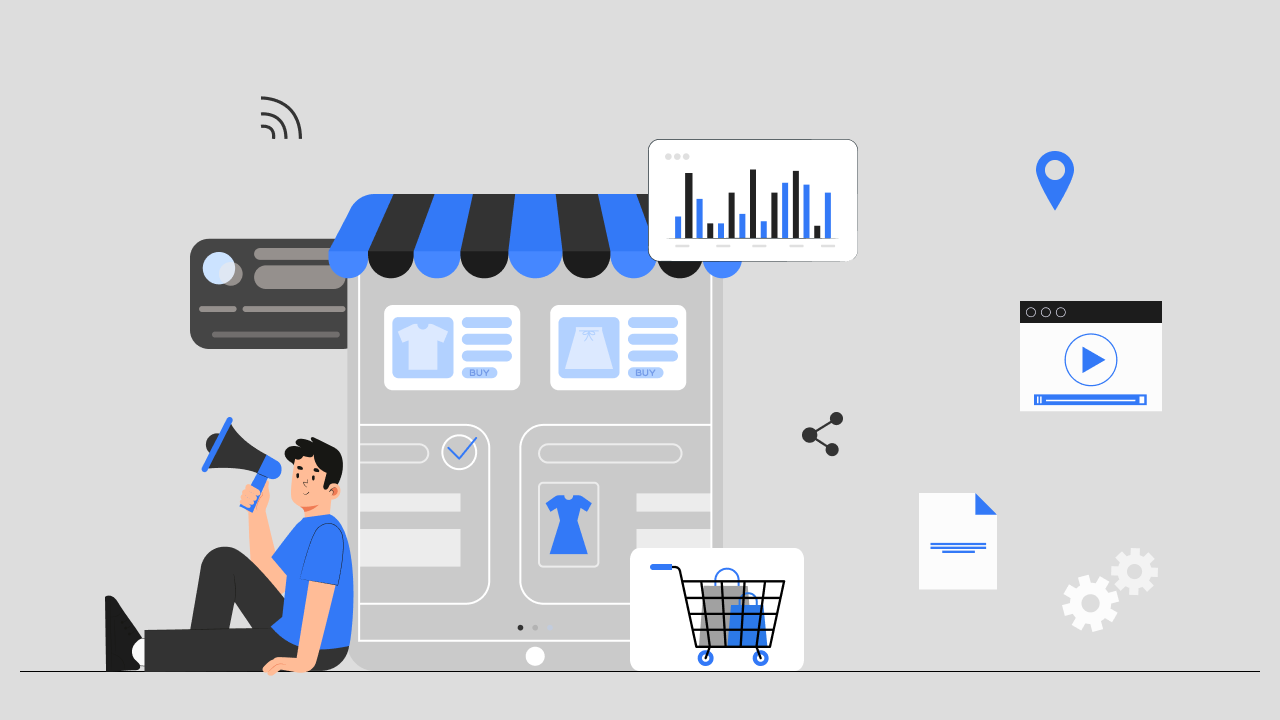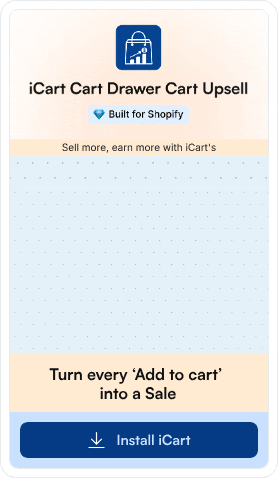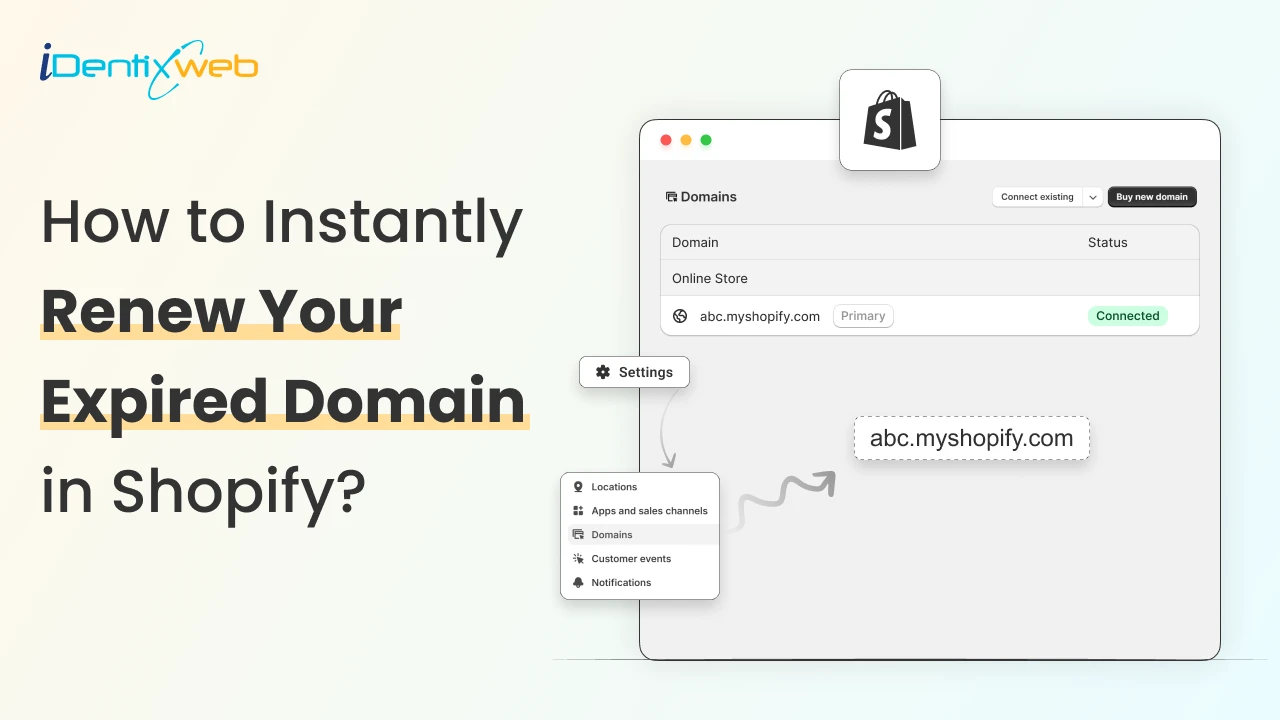
Are you struggling to understand how to develop a marketing plan for your Shopify store? If so, you are not alone. As a new entrepreneur, you will probably ask yourself: What should I include in my marketing plan? How detailed should my plan be? And what about measuring ROI?
A marketing plan for your Shopify store can be the difference between success and failure. If you are already selling online, you should be aware that not all marketing strategies have been designed with eCommerce in mind. So here are the best plans that you can create for your Shopify store.
1. Set your goals
Before you start creating a marketing plan, know exactly what it is that you want to accomplish with your Shopify store. This will give you the best chance of success with your Shopify store because it will help focus all of your efforts in one direction.
2. Understand your targeted customers
This is one of the most important steps to make it clear. Identify who you want to reach and how you can reach them. The best way to start this process is by conducting research. You can use Google Analytics, which provides valuable information about customer demographics, geographics, location, and more.
You can also use Facebook Pixels to collect information about your customer's behavior on your site. Once you have this data in hand, it’s time to put it together in your marketing plan.
3. Research your competition
Take a look at what other retailers in your niche are doing and see how they’re doing it. You can then use what you learn from them as inspiration for your own marketing campaigns and strategies. Look at your competitor's websites, social media accounts, and content marketing efforts. What do they do well? What could be improved upon? Identify what makes them stand out from the crowd and incorporate these strategies into your own plan.
Once you have an understanding of what works for other businesses in your industry, it's time to think about how to apply those ideas to your own Shopify store. You can use many free tools like Semrush, UberSuggest, etc to find the competitors.
4. Create a marketing calendar
Marketing calendars are an essential tool for any business owner or marketer. They help you plan what you'll do every month and how much time and money each activity will require.
A calendar will help keep all of your marketing activities organized and ensure that nothing falls through the cracks. The first step is to create a calendar template in Google Sheets or Excel that includes all of your top priorities. You can also use Google Calendar or another calendar service like Trello or Asana.
5. Choose your marketing channels
Marketing channels can be divided into two categories: paid and organic. Paid channels are those where you pay money to advertise on the platform, while organic channels are free.
Your marketing channels should match your business goals. If you want to increase sales, you need to focus on sales-focused channels like paid ads and email marketing.
6. Measure performance
After following all the above steps you should be measuring your revenue earned from different marketing channels. Check your conversions if you are using paid advertising. Also, check where are most of your traffic coming from. Is it organic search results or paid search results like Google AdWords or Bing Ads? Is it social media marketing or email marketing?
Conclusion
Now that you have completed your research and have the tools required to develop a marketing plan, it is time to use the information that you have acquired to start working.
By using these methods listed above, you will be able to create an effective marketing plan for growing your Shopify store that will help your business succeed online.








About the author
Sajini Annie John
Meet Sajini, a seasoned technical content writer with a passion for e-commerce and expertise in Shopify. She is committed to helping online businesses to thrive through the power of well-crafted content.